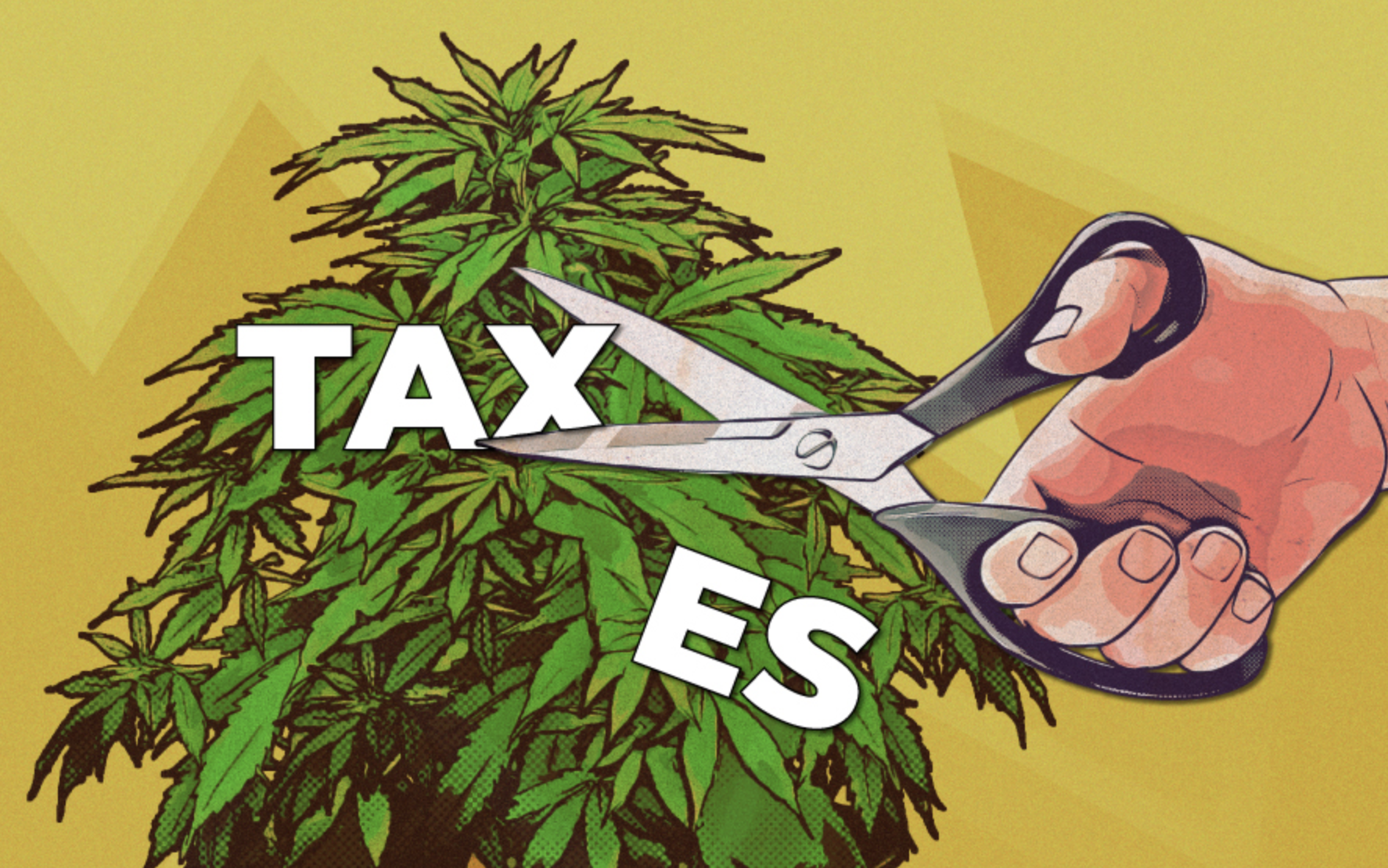Cannabis Industry Gets Tax Relief in California Cities
LOS ANGELES — A shift in perception among California’s local government officials has resulted in the reduction or elimination of various local taxes on legal cannabis. This change is primarily driven by the realization that the high taxation rate made legally produced cannabis less competitive against an entrenched illicit market.
At least 14 municipalities in California, spanning prominent consumer hubs like Los Angeles and San Francisco to production-centric regions like Calaveras and Humboldt counties, have curtailed local sales, business, or cultivation taxes in the past year. This data, compiled by Ananda Strategy, reflects a growing sentiment among officials about the uncompetitiveness of legal cannabis in the state’s approximated $6 billion market.
Currently, cannabis sales in the Golden State face a 15% state excise tax, in addition to state sales taxes varying between 7.25% to 10.75%, based on the locale. Local municipalities can further choose to impose their taxes, adding to the cumulative tax burden.
The recent downward adjustments provide a glimmer of hope for a sector grappling with a myriad of challenges. The industry views the recent financial collapse of Herbl, a prominent distributor, as a cautionary tale signaling more adversities unless substantial reforms are instituted.
Historically, local governments perceived cannabis taxation as a lucrative avenue to bolster their budgets. However, the recent tax reductions underscore an evolving approach, leaning more towards safeguarding a beleaguered industry. Hirsh Jain of Ananda Strategy observed, “These local jurisdictions arguably need the revenue more than the state does. These cities are making practical decisions to preserve a struggling industry.”
Some noteworthy tax revisions include:
- Berkeley: Extended a local tax exemption until 2025.
- Cathedral City: Halved its retail tax from 10% to 5% and proposed additional reductions on cultivation and other business taxes.
- San Francisco: Postponed the implementation of a local tax rate.
- Santa Ana: Comprehensive tax cuts.
Counties that implemented recent reductions comprise Calaveras, Humboldt, Mendocino, Monterey, San Luis Obispo, and Sonoma, among others.
San Luis Obispo County, punctuated with high-end wineries and vast farms, epitomizes the challenges the cannabis industry faces in the state. Dawn Ortiz-Legg, a county Supervisor, recognized these challenges, especially after a proposed increase in gross-receipts tax on cannabis businesses. Addressing this, the county board recently reduced it to 6% from a slated 10%.
However, economists highlight that taxation is just a segment of the broader challenges confronting the legal cannabis sector. Factors like limited retail capacity in such a vast state, stringent regulations, and an onerous licensing procedure contribute significantly to the struggles.
Experts like Daniel Sumner and Robin Goldstein from the University of California, Davis, emphasize that while reducing taxes is a visible relief, addressing the other barriers is crucial for the industry’s sustainability.
For a thriving legal cannabis market, Goldstein suggests emulating successful sectors, remarking, “Regulate cannabis like kale… The idea that you have to set up a special system for cannabis… is really not learning from the lessons of what’s succeeded in other industries.”




































